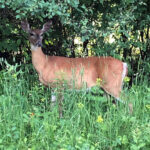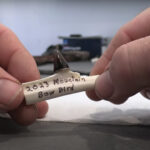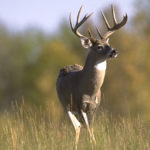It’s been said many times, and each time it was true — mature bucks are a completely different animals from other deer. They’re warier, move less during daylight, and are much more adept at picking off hunters.
However, there are certain places that are better treestand locations for intercepting mature bucks. These are some of those.
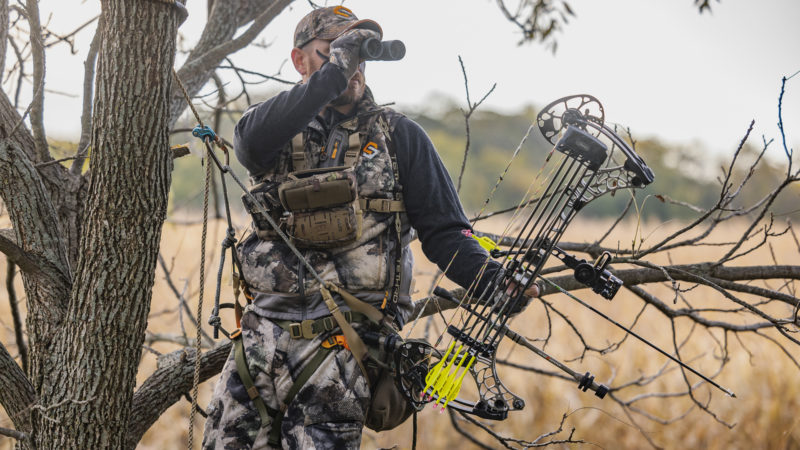
Benches
In hill country, bucks have an abundance of terrain to work with. Looking at all the hills and hollows, a hunter would look and think, where is the needle in this haystack? But it’s much easier to find deer than hunters might realize. Specific terrain features are more apt to attract deer, and benches are among these.
Focus on lower-elevation benches for bucks cruising in the afternoon. In search of estrous does, they’ll use these to catch thermal drafts wafting down from the hillsides. Higher elevation benches are used in the morning to catch thermals coming upward from down below. These are also used for bedding by mature bucks. Finally, mid-range benches are commonly used by cruising bucks at any time of day.
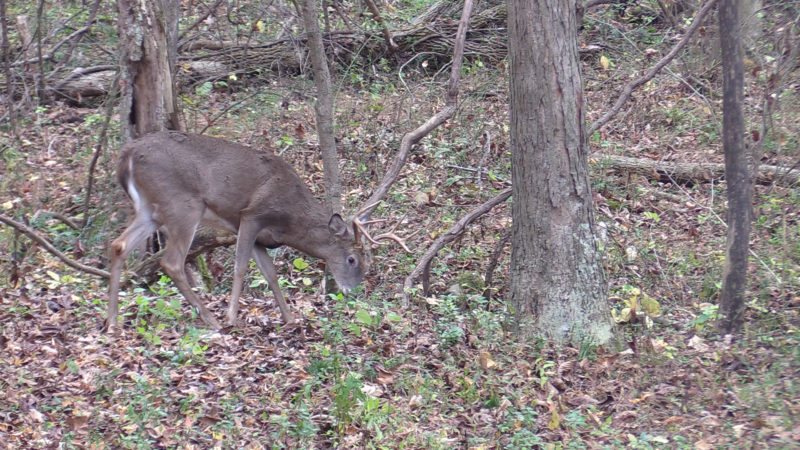
Creek, Ditch, Fence, and River Crossings
Crossings of all kinds are excellent places to cross paths with a mature buck. Most deer travel the path of least resistance. This is also true for mature bucks, at least part of the time.
It’s also true during the rut. This is time when mature bucks are trying to cover as much ground as possible in order to find the does they’re after. Working hard helps them accomplish this, but working smarter is more efficient for them. Therefore, keep in mind creek, ditch, fence, river, and other crossings.
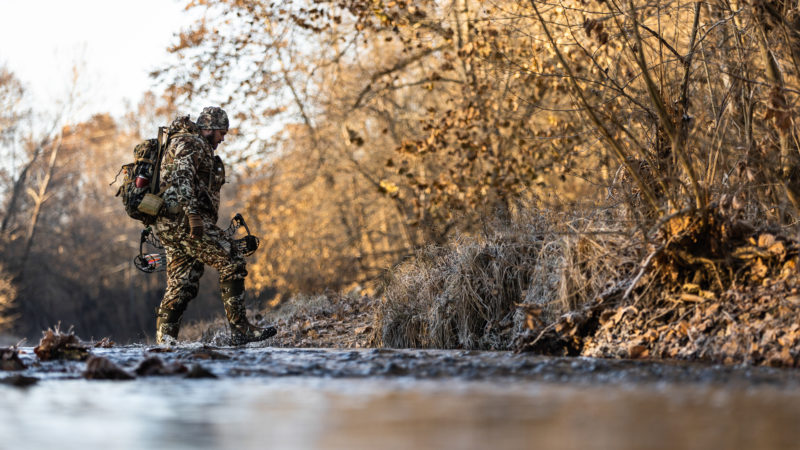
Downwind Ridges
Also referred to as the “leeward” side of a ridge, bucks commonly bed down along these for several reasons. First, in the morning, they have the thermals bringing wind up from below. Secondly, the primary wind flow is bringing scent to them from over the ridge line. And third, this dual wind direction flow creates a wind tunneling effect that allows them to smell danger from multiple directions.
This can be difficult to target, because it’s almost impossible to come at these deer from above or below. However, if you can reach the same elevation as the deer, setting up just to the left or right of the target animal or target area can produce results. If deer move laterally, and toward you, it might just work out.
Hidden Fields
Deer are solitary animals. They like privacy. If they have the option to spend time in an area with minimal human intrusion, they will. That makes hidden fields much more attractive to deer. Finding these spots where whitetails are more apt to be is an excellent way to have more success.
Of course, these spots need to check other boxes. Merely being secluded isn’t enough. These need to be close to bedding areas, food sources, and water sources to be hot stand locations.
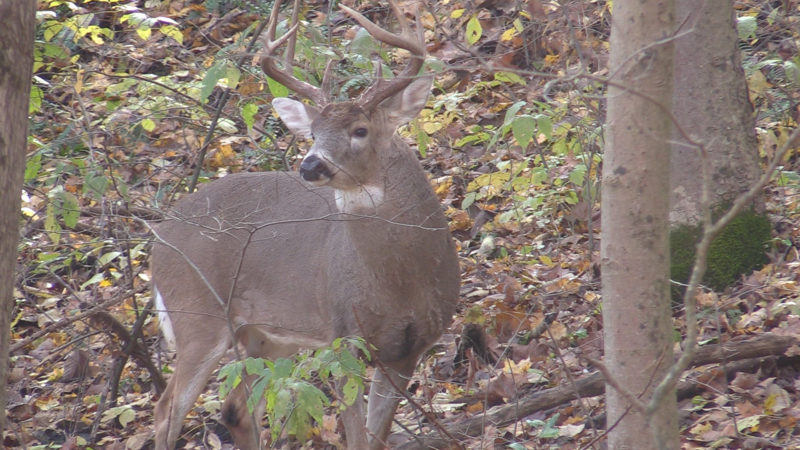
Hubs
Thermal hubs are great spots to find big deer. These areas are best described as where multiple fingers taper down and meet in the same spot. Where numerous finger ridges converge, so will ravines.
This creates a wind thermal effect that brings afternoon scent down into the same area from several different directions. Oftentimes, mature bucks will travel through these spots to get the wind and can even stage up here until nightfall.
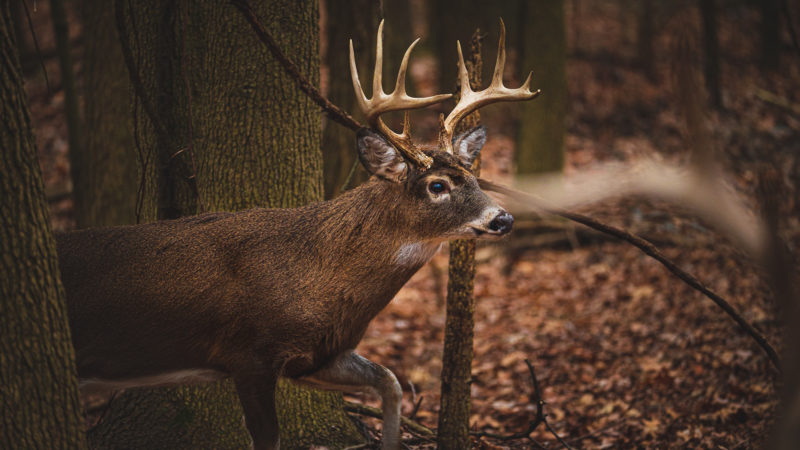
Mast Pockets
Deer love mast crops. Hard mast such as chestnuts, red oak acorns, and white oak acorns are hot ticket items for deer. Soft mast crops such as apples, crabapples, pears, persimmons, plums, and other fruits are very good, too.
Generally, if these food sources are located close to bedding areas, these are frequented during daylight hours as well. It can be an excellent spot to see mature buck activity, before, during, and after the rut.
Secluded Draws
As previously noted, whitetails are creatures of seclusion. They prefer places where they can escape the hustle and bustle of human activity, as well as that of four-legged predators. This typically leads to the use of draws, where they exist.
Generally, secluded draws that offer some sort of food source are even more attractive. That said, even if they don’t, deer commonly use these to enter and exit cover as they work out into the open. This makes these excellent stand locations.
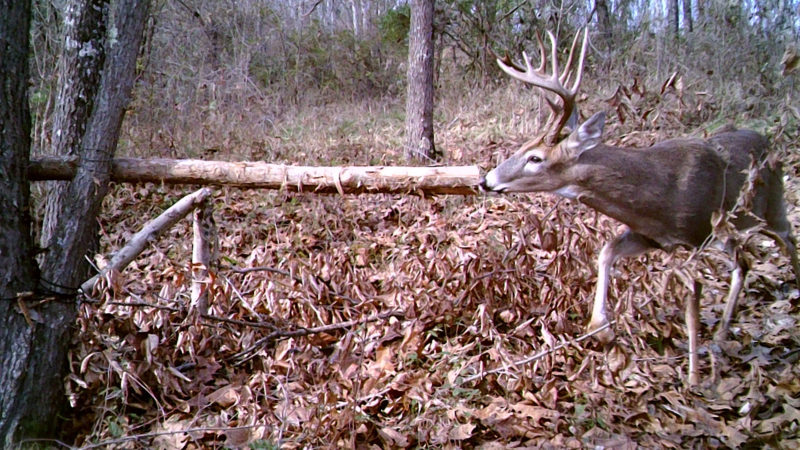
Solar and Thermal Bedding
Whitetails need certain types of bedding cover to survive the winter elements. This is truer for northern whitetails and those facing rougher climates. This bedding comes in the form of solar and thermal cover.
Solar cover is a southern-facing slope. In winter, these receive more sunlight throughout the day. Thermal cover is a dense stand of conifers, such as cedars, spruce, and pines. These areas hold more heat closer to the ground and shield deer from rain, snow, and wind.
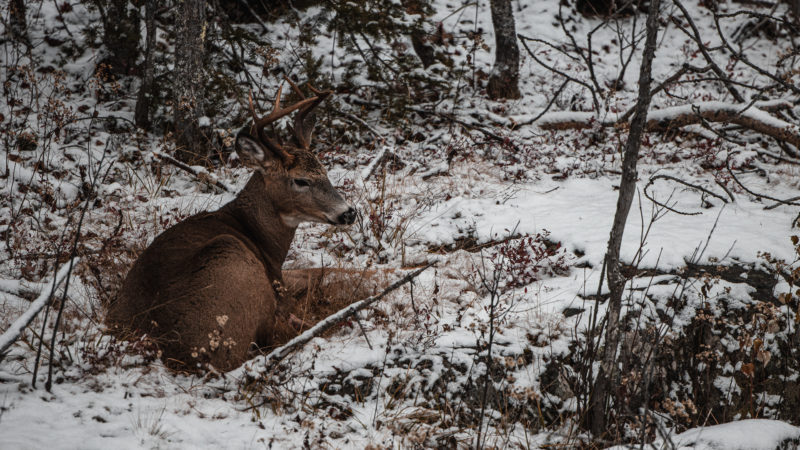
Water Sources
Mature bucks can drink upward of 5 quarts per day. That number might creep higher during the rut. That’s even truer during drought years when deer can’t receive as much hydration from their dietary intake.
Despite the importance of water, mature deer tend to use sources that are more secluded. They don’t like running or loud waters that limit their ability to hear, which is their primary sensory tool when their eyes and nose are down and focused on the water.
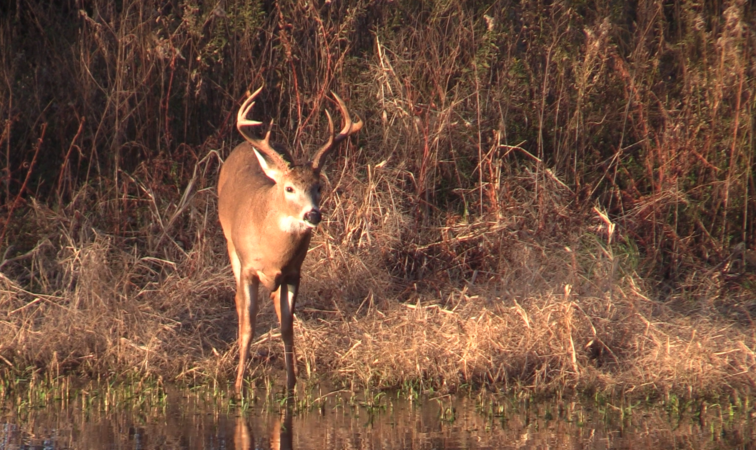
Bonus: Any Edge Habitat
All things considered, there are many different treestand locations great for mature bucks. But if it offers plenty of edge cover, it likely holds deer.
Places with higher stem counts and denser early successional habitat provide not only bedding cover but also food sources that deer, and especially mature bucks, rely on. Give these places a try this season, and potentially experience better hunts.

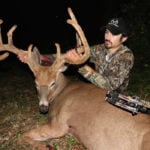 By
By 
